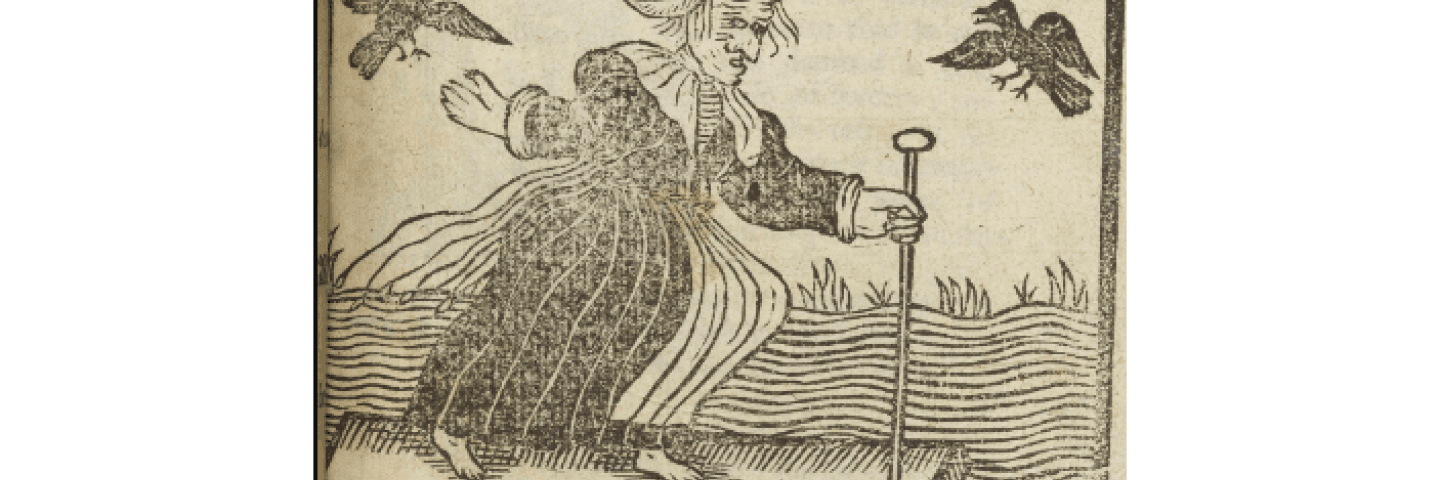Did you know that there were, in 17th century Finland, perhaps almost 2000 witch trials - an enormous amount compared to the population at the time or to European averages? Yet, only about 10% of the trials let to death sentences, and more than half of them ended in aqquittals. More stories and rumours also circulated about suspected witchces, but never reached the courts. (see e.g. Nenonen 1992, Toivo 2008)
In Finland, as in practically all of Europe, the basic preconditions of the hunts existed: previous case studies and microhistories have given examples on how preaching and learned demonology influenced both belief in and scepticism about witchcraft, and how previous trials trickled into folklore narratives, ghost stories, songs, and literature so that everyone everywhere knew about witchcraft and the witches’ sabbath, and before long, everyone had heard of the great trials. Yet, a growing number of case studies suggest that, in some areas, like Finland and parts of Germany, it may have been more typical to try to prevent the escalation of rumours and suspicions of witchcraft into trials or ‘hunts’. Hunts only appeared at singular places at singular times, while elsewhere stories were silenced by various means, and dismissed as slanderous. If trials nevertheless arose, they were meticulously restrained in legal processes that sought to establish a credible source for all rumours, to produce a legally acceptable “truth”. (Rowlands 2003, Toivo 2008)
The project investigates how different actors in early modern Finland sought to and managed (or failed) to prevent the escalation of rumours of witchcraft into trials and trials into hunts and persecution. The results are then compared to previous reserach on both persecution and any efforts to avoid persecution elsewhere in Lutheran Europe. The project uses court records as its main materials, with both statistical and qualitative (narratological, history of experience and lived histories) methods.
The scientific impact of the project is in the new knowledge conserning witch-hunts and the history of persecution in Finland, and in the new approach in persecution history in general. The societal impact comes from the applicability of the new knowledge in the challenges that social anmity and religious or political ethnic and language related persecution poses to societies today.
Funding
People
Raisa Toivo
Professor, History of society, esp. pre- and early modern Raisa Toivo
Raisa ToivoTiina Miettinen
Senior Research Fellow Tiina Miettinen
Tiina MiettinenContact persons
Raisa Toivo
Professor, History of society, esp. pre- and early modern Raisa Toivo
Raisa Toivo